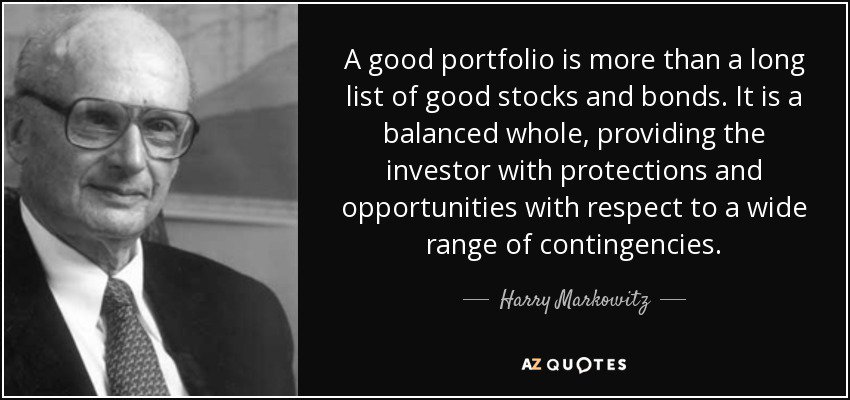Goal is to connect the dots on the concepts in our Optimization Machine series and show why its relevant.
Currently at 38 tweets and 6 figs/tables. Will bleed it out so it's not so overwhelming.
#Optimization #RiskParity #investing

Here’s the TL;DR:
Portfolio construction may substantially boost performance without active views on relative returns.
Optimization Machine: investresolve.com/portfolio-opti…
Simple vs Optimal Methods: investresolve.com/blog/portfolio…
Optimization and the Sharpe Multiplier investresolve.com/blog/portfolio…
In finance this objective is described by “mean-variance optimization”.
A material proportion of all financial assets are held in investment vehicles and accounts that are exclusively or partially informed by market capitalization.
If the market cap weighted portfolio is sub-optimal, WHAT IS THE ALTERNATIVE? Is the equal weight portfolio optimal? Or are there other methods that might produce better results?
This is the question that motivated us to write this article series.










